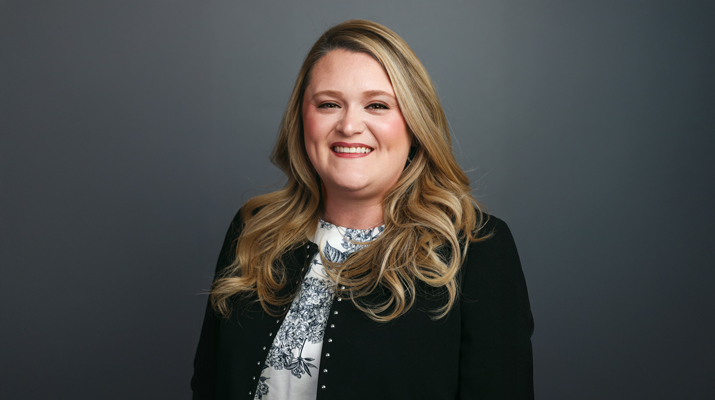Know the financial basics
In this second column of a series, we address the financial fundamentals of a startup retail propane operation. This two-dimensional visual is useful in talking about the important financial components of your startup operation.
 Carl Hughes |
The horizontal line graphs the operation over time, from startup. The vertical graph is annual operating data. This is basic microeconomics of your new business plan. The best way to grasp this concept is to talk about each term on the graph.
Fixed costs
Fixed costs are those that are fixed in total, yet variable per gallon sold. These are initial salaries, interest on debt, insurance, utilities or anything needed to get going before you sell a drop of propane. The higher the initial fixed costs, the higher the gross margin necessary to achieve the break-even point for the operation.
Since payroll, benefits and payroll taxes will be your primary initial fixed costs, it makes sense to hire initially multitalented individuals. Examples are working managers who drive and can sell; service technicians who can drive; and customer service representatives who can handle a broad range of administrative duties. Start lean.
 Retail Propane Startup |
Variable costs
These are your costs that are constant per gallon sold, yet variable in total as the business grows. Examples are labor for deliveries, fuel and servicing costs for the bulk delivery trucks and administrative costs of billing. At some point in your company’s life cycle, your variable costs will be a focus, but not much significant can be done at this point until your business reaches larger scale.
Gross margin expectations
It is puzzling to me that many in this industry still chase gallon and revenue growth when neither pays the bills. Only gross margins are capable of covering operating expenses and moving your new company toward profitability.
Some critical questions are:
- How many new customers (and associated gallons) do you need to gain in order to produce enough gross profit to break even?
- Are sales projections realistic?
- If some of your new customers, and associated gallons and gross margins, come from existing competitors, are your total gross margin projections realistic?
Break-even point – profitability
This should be your first goal (but not the ultimate goal) for any operation. This is the key point on the graph in which the line of total gross margin crosses the total costs line. When does your plan say you should reach the point at which total expenses are covered by total gross margin? This simplicity of the graph and the math should not be confused with the degree of difficulty in reaching this point. Just know that lower initial fixed costs create a lower break-even point. Further, adding additional fixed costs in early years moves the point of profitability further out on the time line. Stay lean.
Target return on investment
Achieving this point should be your ultimate objective. While the area above the blue line past the break-even point represents the profits, it should be your objective to achieve a specific level of profit. What is acceptable? It depends on two things: your capital invested and the rate of return you expected for deployment of the capital.
Your business plan
Your actual business plan should incorporate each of these elements. It should have detailed financial projections for gross margin, operating expenses and targeted points at which profitability and acceptable return on invested capital are obtained.
The next step is to engage an experienced financial or accounting professional to set up specific annual financial and operational goals that you will want to track.
Carl Hughes is vice president of business development for Inergy LP. He can be reached at
Chughes@InergyServices.com or 816-842-8181.
















